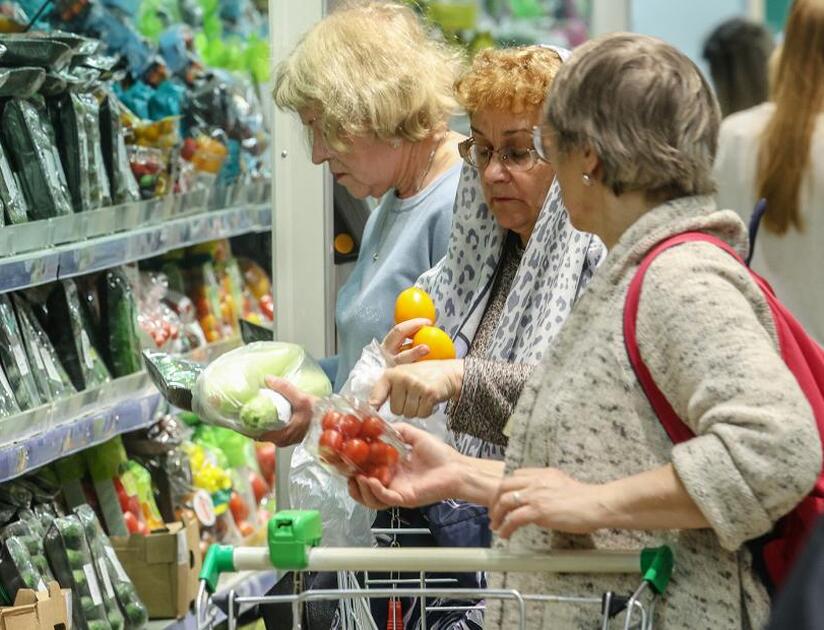
When you think of Europe, images of quaint cafes and artisanal markets might dance in your head—but what about the price tags lurking behind those idyllic scenes? A sharp-eyed travel blogger recently peeled back the curtain on grocery costs in Slovenia, revealing a reality that oscillates between "surprisingly fair" and "highway robbery."
Ground beef and steak cuts in Ljubljana’s supermarkets flirt with Russian prices like old acquaintances—579 rubles per kilo for pork-beef blend, 560 rubles for 600g of beef fillet. But poultry? That’s where the friendship ends. Chicken soars to 700 rubles/kg, while turkey struts at a princely 1,000 rubles, double what you’d pay in Moscow. Fish, however, dives into affordability: salmon fillets glisten at 2,300 rubles/kg—
the blogger muses.
Here’s the crunch: a 500g loaf of cornbread demands 169 rubles, while Tuscan grain loaves loaf around at 200 rubles. The cheapest option? A modest 120 rubles—still enough to make a Russian shopper flinch. Eggs, though, crack the budget wide open: 369 rubles for ten, triple the price back home.
one might quip.
Fruits and vegetables float in a rare oasis of price parity—tomatoes in Ljubljana blush at roughly the same ruble rate as their Moscow cousins. But don’t celebrate yet: this equilibrium feels more like a ceasefire than peace.
Beyond the shopping cart, the blogger’s findings ripple into debates about monopolies and price controls.
jokes no economist ever. Yet the real question lingers: when essentials become extravagances, what’s really in store for the average shopper’s wallet?
Final thought: Next time you grumble at your local grocery bill, remember—it could always be worse. You could be buying eggs in Slovenia.
















